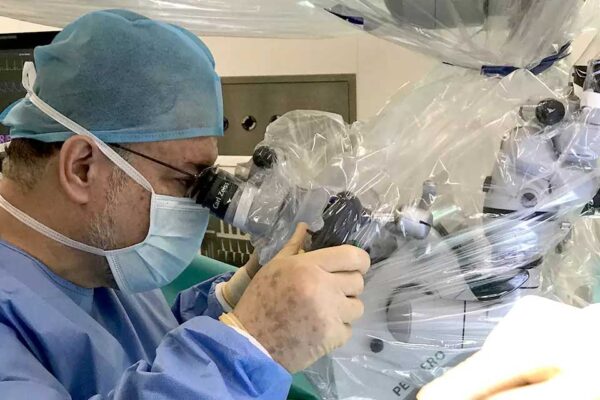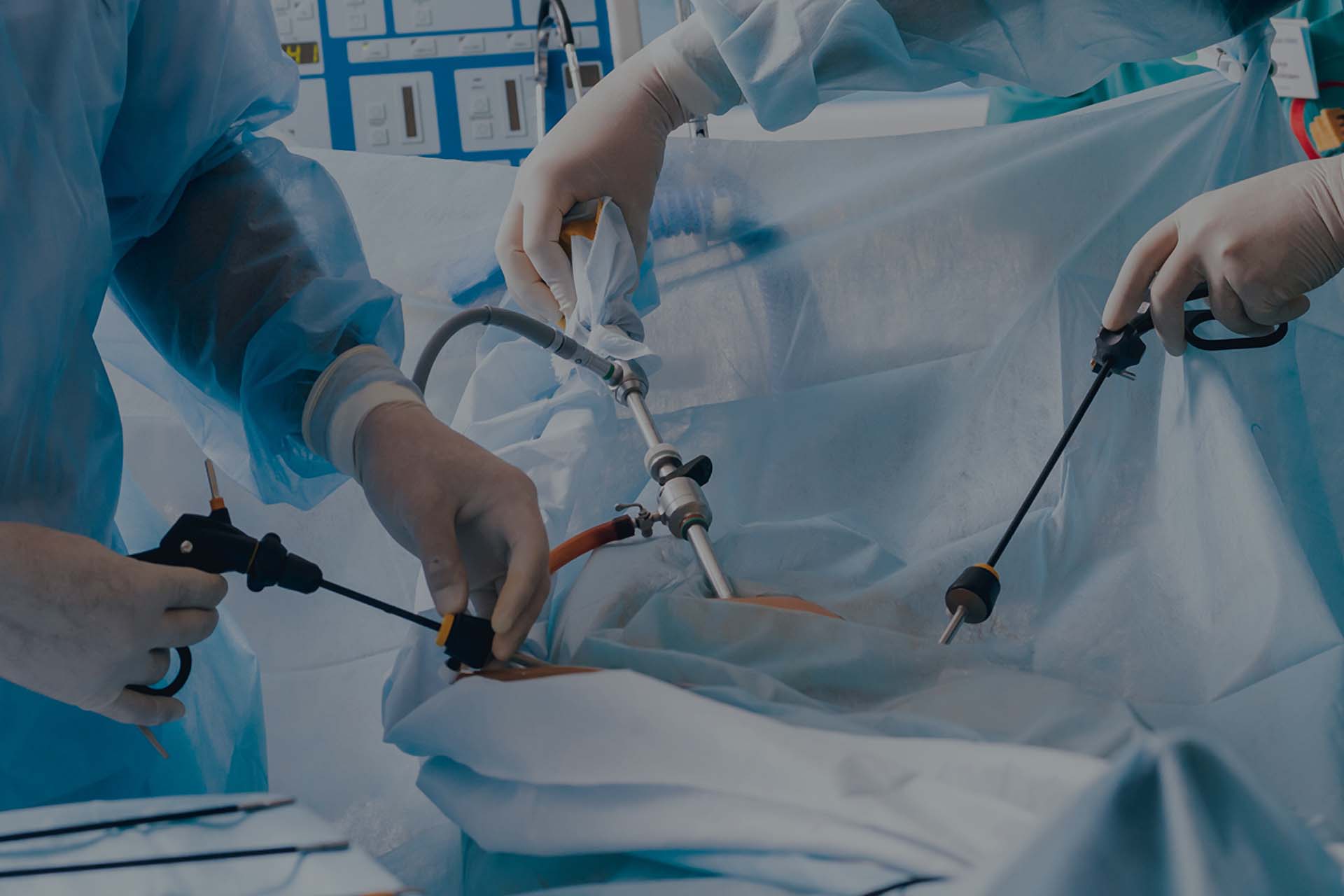Treatments Overview
In minimally invasive surgery, doctors use a variety of techniques to operate with less damage to the body than with open surgery. In general, minimally invasive surgery is associated with less pain, a shorter hospital stay and fewer complications.
Laparoscopy — surgery done through one or more small incisions, using small tubes and tiny cameras and surgical instruments — was one of the first types of minimally invasive surgery. Another type of minimally invasive surgery is robotic surgery. It provides a magnified, 3D view of the surgical site and helps the surgeon operate with precision, flexibility and control.
Continual innovations in minimally invasive surgery make it beneficial for people with a wide range of conditions.


Types of minimally invasive surgery
Surgeons perform many minimally invasive surgeries on specific parts of the body, including:
- Adrenalectomyto remove one or both adrenal glands
- Brain surgery
- Colectomyto remove parts of a diseased colon
- Gallbladder surgery (cholecystectomy) to relieve pain caused by gallstones
- Heart surgery
- Hiatal herniarepair, sometimes called anti-reflux surgery, to relieve gastroesophageal reflux disease (GERD)
- Kidney transplant
- Nephrectomy (kidney removal)
- Spine surgery
- Splenectomyto remove the spleen
Minimally invasive surgery can also be used for more general surgeries, including the following:
- Cancer surgery, for example, to destroy a tumor
- Colon and rectal surgery
- Endovascular surgeryto treat or repair an aneurysm
- Gastroenterologic surgery, including for gastric bypass
- Gynecologic surgery
- Neurosurgery
- Orthopedic surgery
- Otolaryngology (ear, nose and throat surgery) head and neck surgery
- Thoracic surgery, such as video-assisted thoracoscopic surgery (VATS)
- Urologic surgery
Why is this type of surgery done?
Minimally invasive surgery emerged in the 1980s as a safe and effective technique to meet the surgical needs of many people. In the last 20 years, many surgeons have come to prefer it to traditional (open) surgery, which requires larger incisions and, usually, a longer hospital stay.
Since then the use of minimally invasive surgery has expanded widely in many surgical specialties, including colon surgery and lung surgery.
Risks
Minimally invasive surgery uses smaller surgical incisions, and it’s generally less risky than traditional surgery. But even with minimally invasive surgery, there are risks of complications with anesthesia, bleeding and infection.
Therefore, it is recommended to cooperate with a highly skilled expert doctor who will It reduces the patient’s exposure to these risks.

